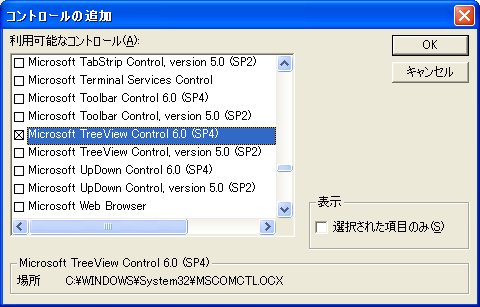
Here is a working example: MyGui := Gui() This option has an effect only when creating a TreeView (however, the SetImageList method does not have this limitation). Specify the word ImageList followed immediately by the ImageListID returned from a previous call to IL_Create.

ImageList: This is the means by which icons are added to a TreeView. HScroll: Specify -HScroll (minus HScroll) to disable horizontal scrolling in the control (in addition, the control will not display any horizontal scroll bar). To discover which items in a TreeView are currently checked, call the GetNext method or Get method. The user may either click the checkbox or press the spacebar to check or uncheck an item. When adding an item, specify the word Check in its options to have the box to start off checked instead of unchecked. Examples: cRed, cFF2211, c0xFF2211, cDefault.Ĭhecked: Provides a checkbox at the left side of each item. Specify the letter C followed immediately by a color name (see color chart) or RGB value (the 0x prefix is optional).
Excel treeview plus#
For example, a TreeView can be restored to the default color via TV.Opt("+BackgroundDefault").īuttons: Specify -Buttons (minus Buttons) to avoid displaying a plus or minus button to the left of each item that has children.Ĭ: Text color. Specifying BackgroundDefault or -Background applies the system's default background color (usually white). If this option is not present, the TreeView initially defaults to the system's default background color. Examples: BackgroundSilver, BackgroundFFDD99. Options and Styles for the Options Parameterīackground: Specify the word Background followed immediately by a color name (see color chart) or RGB value (the 0x prefix is optional). MyGui.Show Show the window and its TreeView. P2C2C1 := TV.Add("Child 2's first child", P2C2) P2C2 := TV.Add("Parent 2's second child", P2) P2C1 := TV.Add("Parent 2's first child", P2) P1C1 := TV.Add("Parent 1's first child", P1) Specify P1 to be this item's parent.

Here is a working script that creates and displays a simple hierarchy of items: MyGui := Gui()
Excel treeview tv#
The syntax for creating a TreeView is: TV := GuiObj. The most common example is Explorer's tree of drives and folders.
Excel treeview code#
Note: To generate the above picture, you should add/change the aforementioned lines of code in the example Treeview: Basic example.TreeView (GUI) - Syntax & Usage | AutoHotkey v2 TreeView Table of Contents The result is a treeview with modified fonts on both the body and headings, no border and different colors for the rows: Tree.tag_configure('even', background='#DFDFDF') Then, for instance, a background color can be associated to the tags: tree.tag_configure('odd', background='#E8E8E8') If you would like to have a different format depending on the rows, you can make use of tags: tree.insert(folder1, "end", "", text="photo1.png", values=("23-Jun-17 11:28","PNG file","2.6 KB"),tags = ('odd',)) Then, the widget is created giving the above style: tree=ttk.Treeview(master,style="mystyle.Treeview") Style.layout("mystyle.Treeview", ) # Remove the borders nfigure("", font=('Calibri', 13,'bold')) # Modify the font of the headings

nfigure("mystyle.Treeview", highlightthickness=0, bd=0, font=('Calibri', 11)) # Modify the font of the body In this case, we create a style "mystyle.Treeview" with the following code (see the comments to understand what each line does): style = ttk.Style()
Excel treeview how to#
By taking Treeview: Basic example, it can be shown how to customize a basic treeview.


 0 kommentar(er)
0 kommentar(er)
